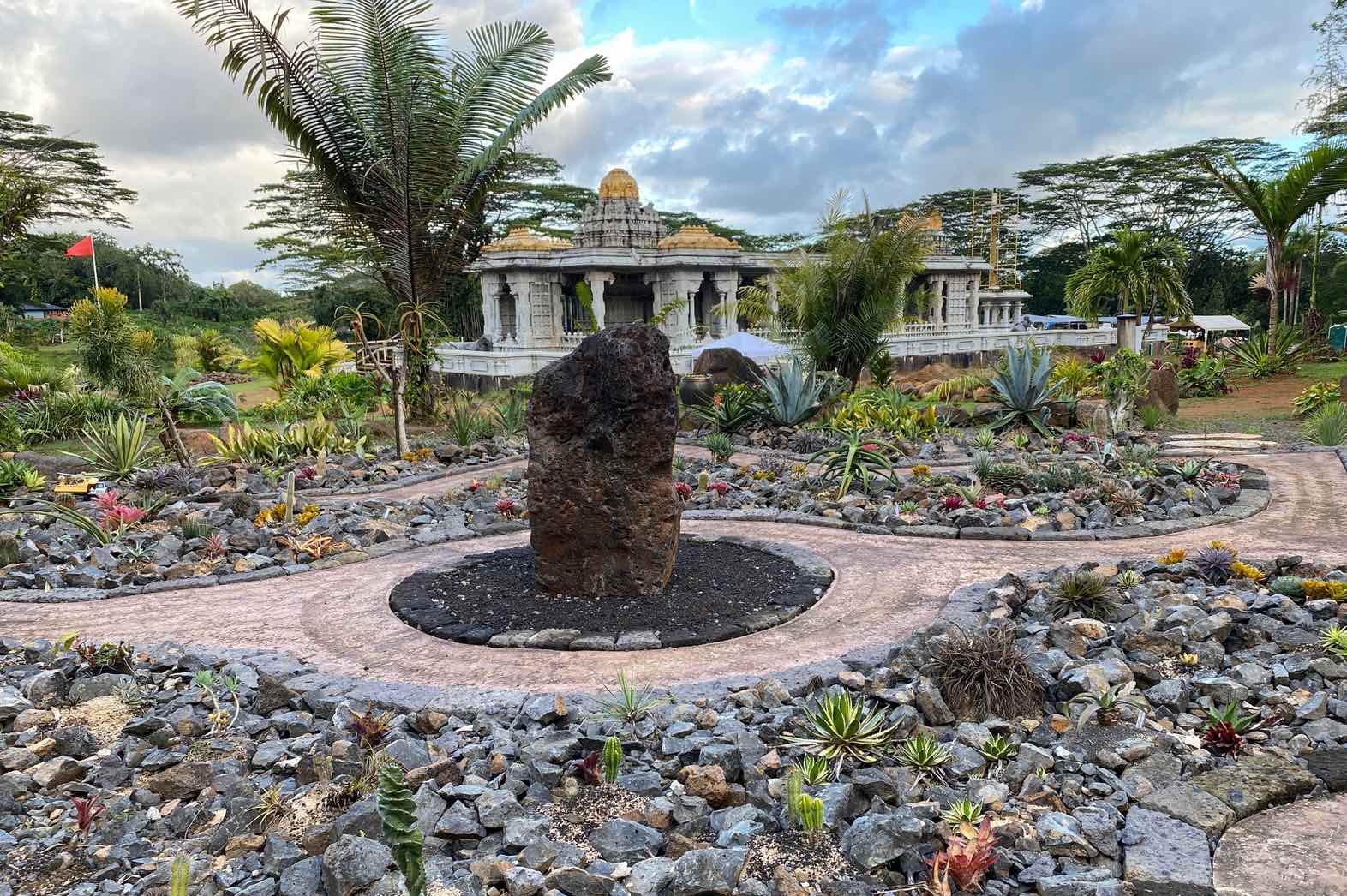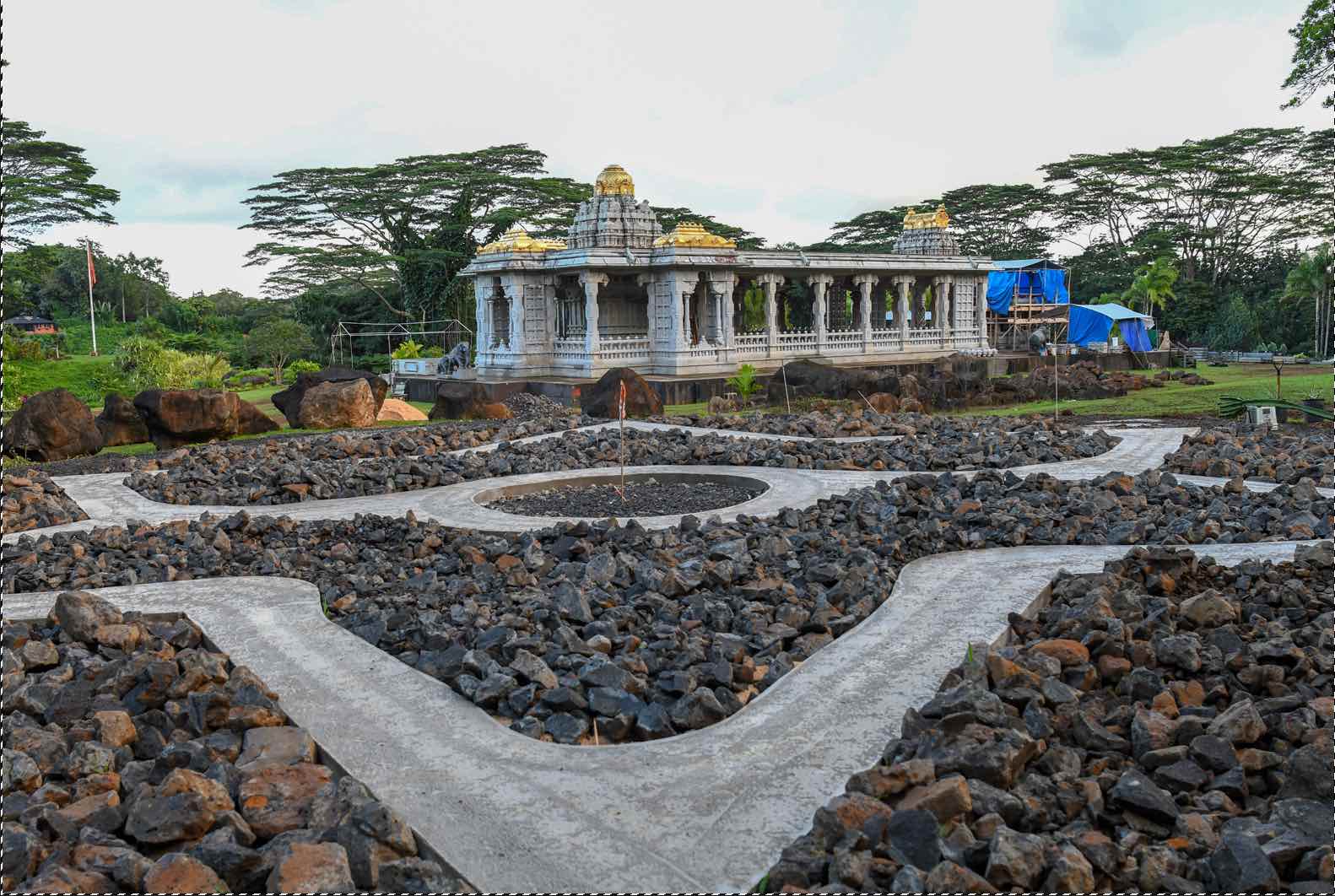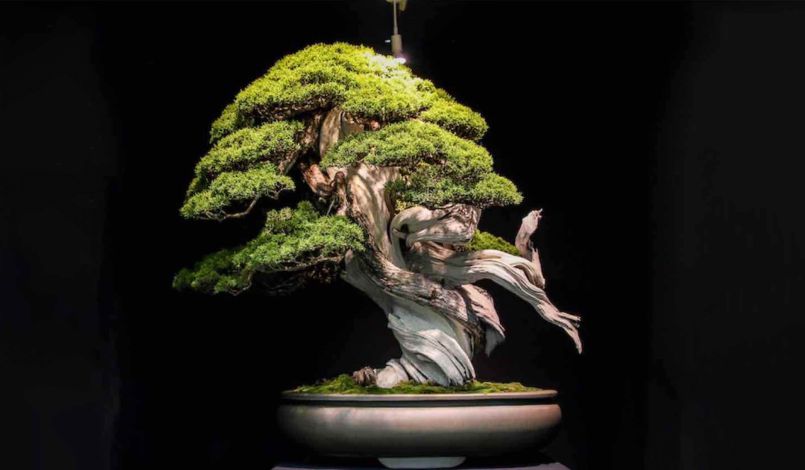Newest Hibiscus Planting
We are always needing more flowers to accomodate the growing needs related to running two temples and additional shrines.
In this case, the Siddhidata Kulam just planted a row of hibiscus to supply flowers for the Ganesha murti outside their new office and equipment maintenance building, along with other needs.
Rajen Manick Reminisces Kauai Aadheenam Grounds, Part Two


Here is the other half of miscellanous scenes that SSC sishya Rajen Manick captured during his taskforce period before returning home to Mauritius. He had a darshan meeting with Satguru just before departing to discuss personal life and mission matters in Mauritius. The rest of the photos are mostly from Iraivan Temple's first yearly anniversary pujas.
Rajen Manick Reminisces Kauai Aadheenam Grounds

SSC sishya Rajen Manick recently completed his taskforce period and returned home to Mauritius. Upon arriving, he sorted through the many photos he had taken of the grounds and events, and shared the cream of the crop with us. Below is the first half of his collection.
While here, Rajen participated in many pujas, classes and darshan meetings, and served in multiple seva projects including book translation into French, brainstorming large information posters for the Spiritual Park of Mauritius, helping with the monthly Kauai's Hindu Monastery Newsletter mailing, preparations for Ardra Abhishekam, painting new structures and more. He warmly encourages more sishyas to make the pilgrimage to Kauai and participate in the taskforce program.
Recent Activity at Iraivan Temple and Vegetable Gardens

Our newest pre-monastic Aspirant, Kodiswara Selvanathan, took a stroll with the monastery camera to capture scenes of Kadavul Temple puja attendees being shown Iraivan Temple afterwards in the late morning. Then he headed over to our original Annapoorna vegetable garden and the newer greenhouses where the Siddhidata Kulam is planting and harvesting.
Quad Copter Piloting
Shadkonam Garden Tour
Today we took a walk along the six-pointed start path that defines the Shadkonam (six points) Desert Garden at the monastery. It was built in the Northwest corner of Iraivan Temple, following vastu science (See slide #2). It is a rare creature on Kauai, where there is so much rain that most desert plants don't tolerate. But over the years we have found which ones will endure 100 inches or more of rain, and we know that of 10 we plant one will survive. But if you plant 300, then you have 30 survivors. So these are the brave ones. The resiliant ones. And many happen to be beautiful as well, as the slideshow from this morning proves. We also share a before and after slider below.


Bonsai Trees for Our Satgurus

Tandu brought a blossoming bougainvillea into the garden, a marvelous bonsai that is a bit of a show-stopper. It inspired us to go out today and capture the various shapes and species he has nurtured for decades. He placed them near each of the Satgurus, as you will see in the slideshow.
This collection of about 12 plants has added a third level of refinement to Siva's Sacred Gardens. Level one is the wild underbrush, the untouched-by-human-hands thickets, mostly wild guava. Level two is the cultured and cultivated sections, where we cleared, formed paths and ponds, planted thousands of tropical species. Now we have a third level, the bonsais, which are stunningly refined and elegant (and maintenance-intensive).
Enjoy the slideshow.
Path to Siva
Work continues today (and every day) on the upgrade to San Marga, the Straight Path to God that Gurudeva created back in 1975. Once Iraivan was completed, we could turn our attention, and resources/funds/time, to the future visitor experience, which will be a ten-minute walk from the Rudraksha Forest to the now-functioning Iraivan Siva Temple.
The path is roughly 3,700 feet long and required hundreds of truckloads of materials to lift the height so rains would shed off and not create potholes and swampy areas. First came an 8" layer of 6-inch rock as a base; once that was compacted, we added a special compactable gravel and compacted that as well. Next, we laid down a special polyurethane grid, which we call Geo Grid, and filled that with sand, compacting the sand. The final step, just beginning, is sowing grass seed. When complete, the 8-foot-wide Pilgrims' Path will be flat and dry and soft so the most devout can walk barefoot to Siva's Feet. Check out progress in the slideshow.
Acquiring More Hybrid Hibiscus
Now having two temples functioning, along with gradually colder winters, means we need to be attentive to growing more flowers to meet all the needs.
As part of efforts to plant additional hibiscus, we are expanding our collection of hybrids to achieve more variety. We have acquired plants from the local nursery and from the mainland. To save money, we are also trying out growing from seed.
Winter in Siva’s Gardens/Nepalese Rudrakshas
It's another brutal Kauai winter, with temperatures plummeting below 60 degrees on rare occasions. Even in those extreme conditions, Kauai plants sing their little songs and surrender their gifts of color and beauty for pilgrims to enjoy.
Yesterday we stumbled on one of our two Saraca indica trees in bloom. After some 25 years, it is flowering freely, not phased by the 68 degrees morning temperature. It is a famous tree in India, a sacred one. Pujaris love it, so efficient--you can pluck a single flower and have 300 florets to offer to Siva.
To celebrate this event, we offer other blossoms and plants that are happening now. At the end of the slideshow we see the first sprouting of the Rudraksha trees from Nepal, the miraculous expression of life.
Remember the adage (whose source is apparently lost in time):
"That nation is great in which the elders plant trees under the shade of which they will never sit."
From Our Gurus' Teachings
Archives are now available through 2001. Light colored days have no posts. 1998-2001 coming later.
